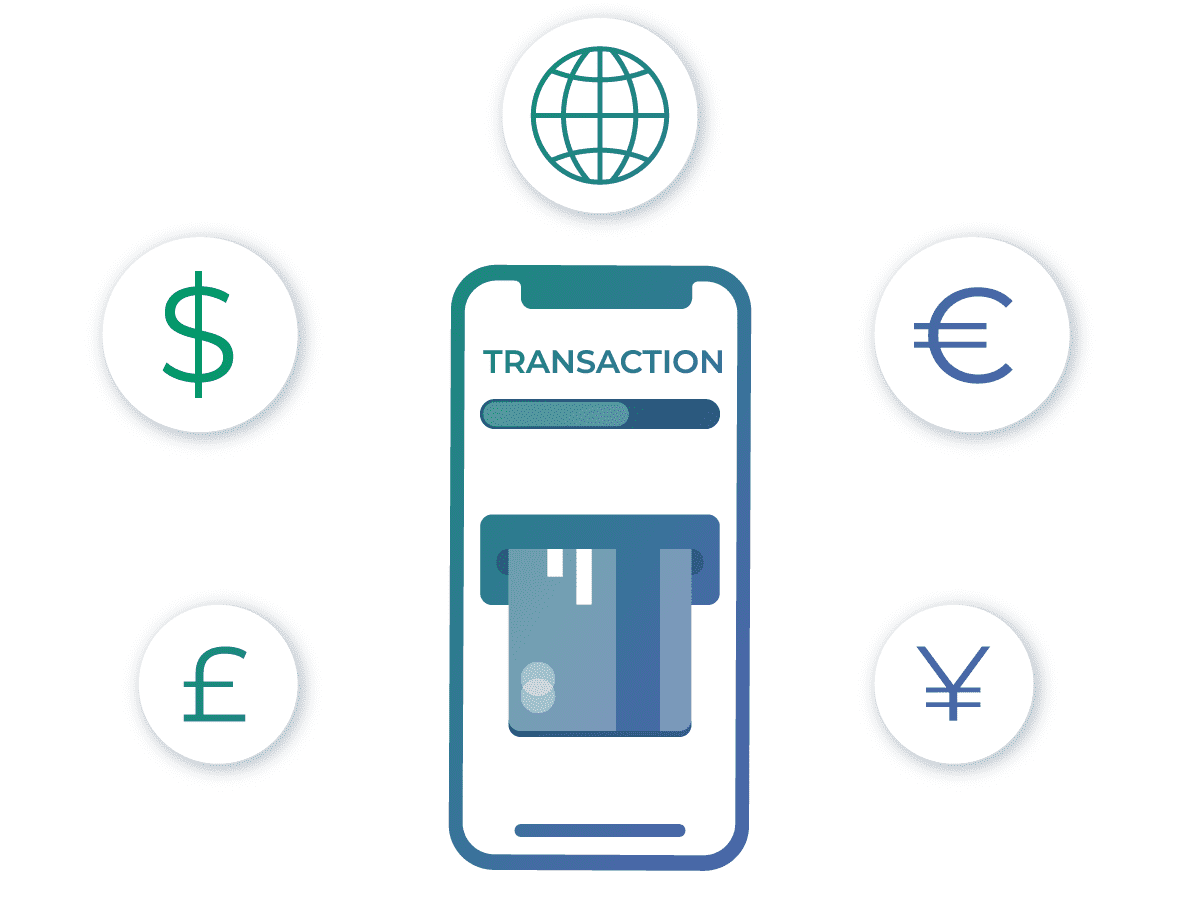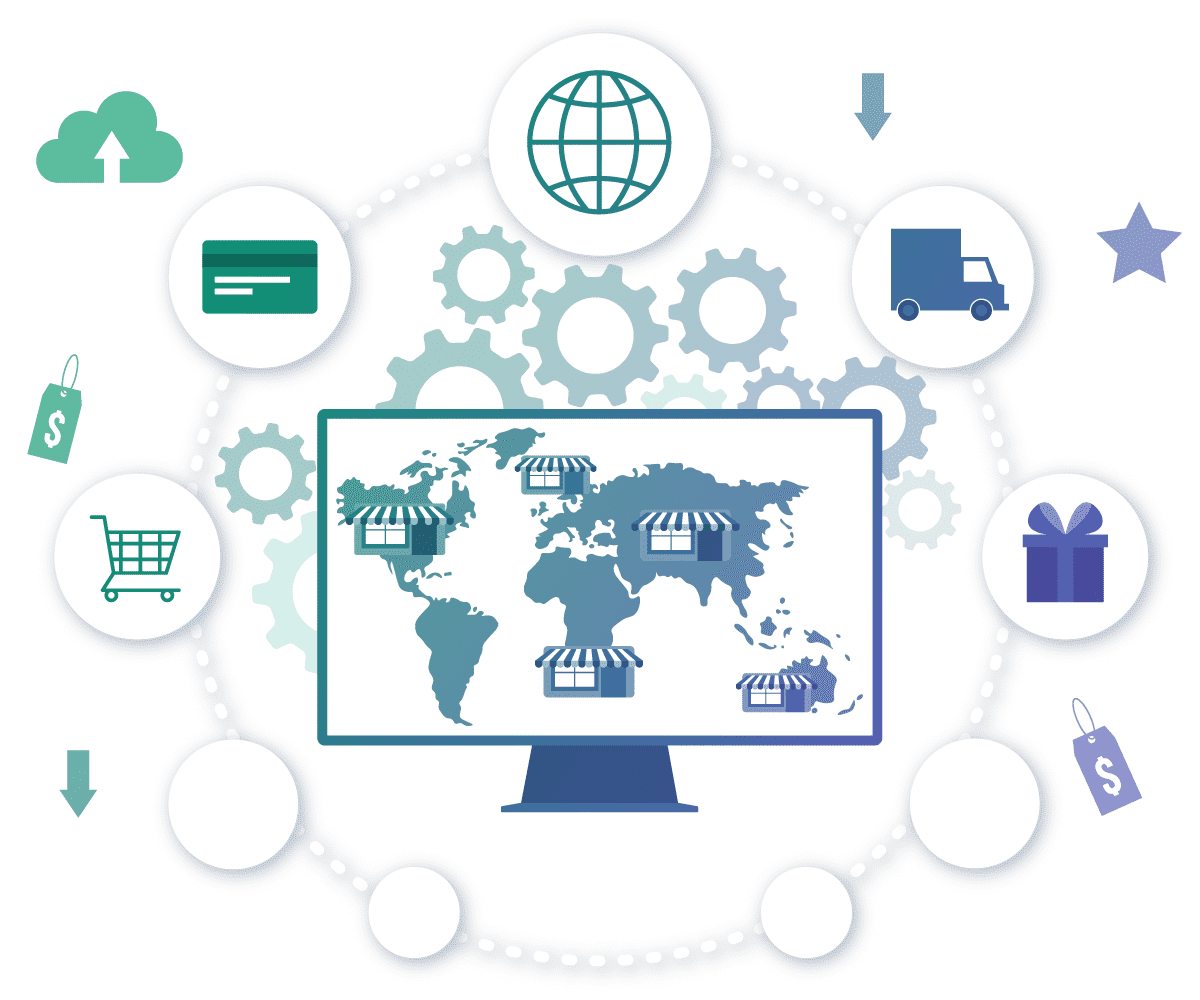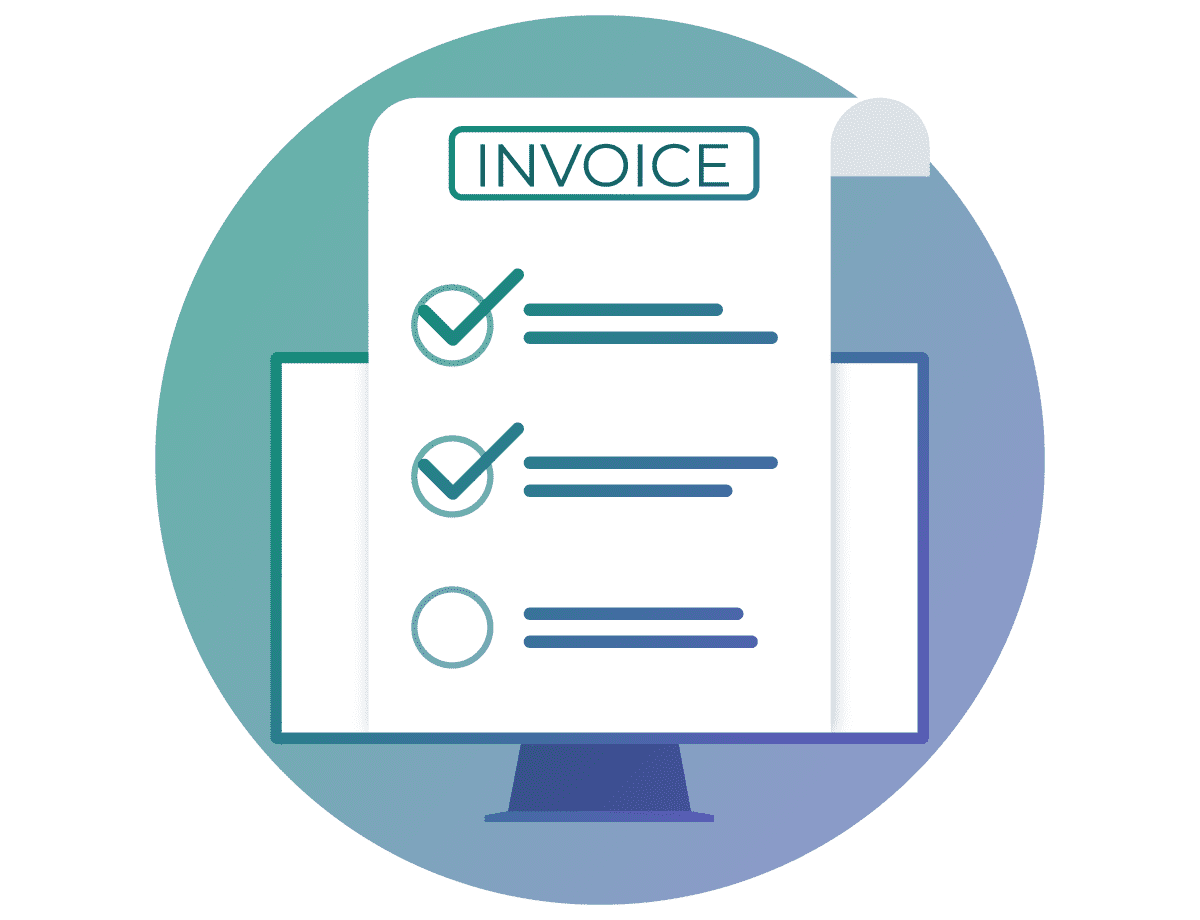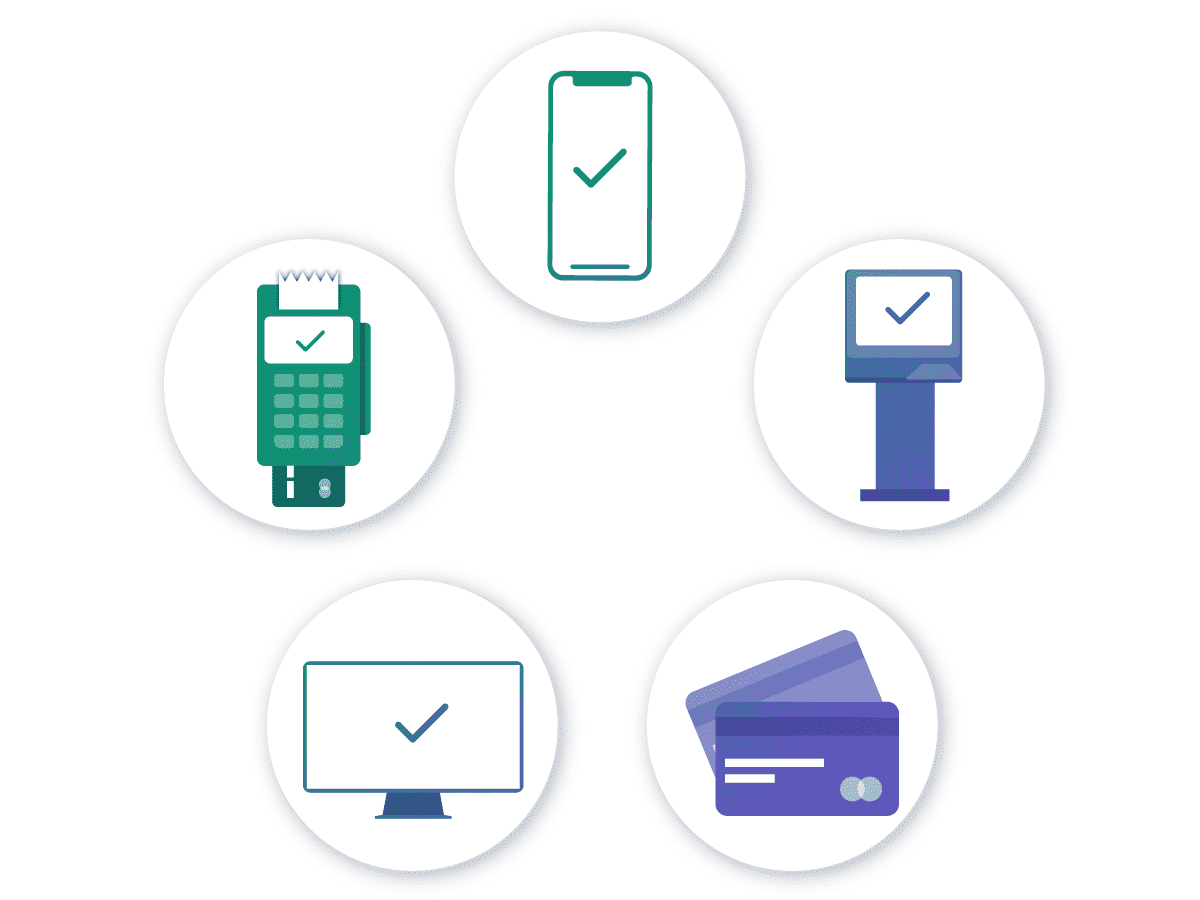Estimated reading time: 10 minutes, 3 seconds
Only 14 percent of respondents to a 2018 U.S. Consumer Payment Study conducted by TSYS stated a preference for cash;1 more than half preferred debit, with credit edging out printed money to take second place.
Outside of the U.S., the preferred global payment method is digital wallets at 36%.2 Current events are pushing these trends to their limits, with a cashless future looking more and more real with each passing day.
As payments become more convenient and simplified through the use of cards, mobile phones, and other technologies, it is easy to see why demographics/target audiences are starting to prefer digital payments.
What’s more, if banks and credit unions invest in their payments ecosystem strategically, there is potential for 30% revenue growth by 2022.3
5 Trending Disruptions
The following are five of the biggest digital payments trends that are upending the current way both consumers and businesses pay for goods and services. Softjourn has experience with each, and can offer your business personalized solutions to fit any particular need, now or in the future.
Mobile Continues To Trend
With an estimated 31 billion connected devices in the world,4 customers are increasingly on the go, and they’re not just searching for information using their devices. Now they are able to make payments, whether it is through an app that completes a purchase through a website or provides contactless payment at a POS inside a brick and mortar store. Younger demographics continue to skew toward using their phones to make contactless payments, as this payment type has become more widely available.
Twenty-seven percent of those in the 18-24 age group have a debit card loaded into their digital wallet, according to the earlier-cited TSYS survey. Of older demographics, only three percent reported loading a debit card into their mobile wallet.
How can financial companies tap into these pools?

What Softjourn recommends: Meaningful screen time with a customer means a mobile-responsive site and/or an application optimized across various devices and browsers. This means you need a Progressive Web Application (PWA). These are built at the browser level and make it easier for a merchant to be found by their consumers.
But more than this, businesses need to cap the purchasing process with a seamless checkout. Don’t bounce customers through various screens, asking for info or insisting they register for an account; this will only scare them away. Instead, reduce cart abandonment by using the standard for web-based payments, the World Wide Web Consortium’s Payment Request application programming interface (API). What’s more, if you need assistance integrating this API into your existing website or application (or even need help creating said website or application!), Softjourn has years of experience when it comes to developing user-friendly processes that increase conversions.
Digital wallets are another way of creating a seamless purchasing experience, and Softjourn has experience developing secure contactless payment solutions. The European Payments Council reports that 2.1 billion consumers worldwide were predicted to use a mobile wallet to make a payment or send money in 2019.5 This type of payment process also represents a good opportunity for reducing financial exclusion in underserved markets; because of this, digital wallets will remain of high interest for both online and offline commerce environments.
Cross-border Payments Are Growing
The world grows more interconnected by the day due to the flow of information and news via the web and other channels, but U.S. businesses are not reaping the potential benefits of selling beyond their own borders. According to a PPRO study, 64% of U.S. ecommerce merchants only sold domestically. Europe, on the other hand, is on track for up to 15% ecommerce growth and parts of Asia will see 30% of more cross-border online shopping growth.
Some of the difficulty in transforming into a cross-border merchant is enabling localization when it comes to currency, payment methods, and other logistics. There are over 140 different local payment methods worldwide. While the U.S. is interested in credit and debit cards, the rest of the world is moving toward new payment methods like Alipay and WeChat Pay, among others. These types of payment networks can provide integration for credit and debit payments, but customers are increasingly looking for what they are comfortable with and used to, regardless of who they are buying from or where that merchant might be physically located.
Cross-border payments are continually picking up steam; corporate payments alone are projected to reach $26 trillion by 2022. And while China reportedly produces $245 billion through shopping in different countries, North American consumers reported making an international purchase at least once a month.6 There's opportunity everywhere.
How can merchants open up their borders and contact audiences in different countries?

What Softjourn recommends: Connectivity is the key. Many existing companies struggle with legacy software and hardware, which can make it difficult to expand to new opportunities and audiences. But companies do not always need to invest in all-new, all-different equipment — instead, they can invest in application programming interfaces, or APIs. APIs can connect legacy systems to new opportunities, automating both internal and external processes, and create new functionalities that were previously unavailable.
This type of integration is invaluable, and quickly picking up traction all over the world. There are reportedly 50,000 APIs available online, and those are just what are publicly known. Connecting existing systems to external resources is a specialty of Softjourn; we have conducted many types of connections in an effort to increase our clients’ information intake, organization, and analysis. Whether it is a CRM, creating new functionality on the users’ end, or adopting new payment processing features, Softjourn has the knowledge and experience to make your idea a reality.
Electronic Invoices Are Taking Off With SMEs In B2B Payments
While credit and debit payments are taking off all over the globe, the majority of $38 trillion of B2B payments were completed by paper check over the course of last year.7
Paper checks present a number of challenges and issues for businesses, including slower payment time of up to two weeks, a higher risk of losing invoices, and the waste attached to the cost of posting, printing, and paper purchasing. These challenges can be mitigated through new digital innovations that ease and quicken both the payment and accounts receivable processes.
With the advent of new digital means, there are many more convenient and more profitable ways to manage B2B payments in small- to mid-sized enterprises (SMEs). These digital solutions are no longer the sole purview of large worldwide companies.

What Softjourn recommends: Virtual credit cards are one new solution to solve the issue of dealing with accounts payable (A/P). They offer security and monetary advantages, such as receiving rebates for A/P spent.
Softjourn has a lot of experience integrating payment gateways to various types of software and hardware. We can develop custom payment gateways that allow for electronic invoice and recurring billing for B2B payments and payment processors.
There isn’t a one-size-fits-all approach when it comes to choosing the “right” payment gateway; enabling payments is best approached from a customized perspective. Our industry knowledge when it comes to fintech allows us to evaluate situations and propose a solution that best fits your company.
Convenience Isn’t Just Mobile, It’s Verbal
In Brazil, drivers with their hands full can pay at a McDonald’s drive thru using just their voice. At the payment window, they can simply say aloud, “I’m paying with Sem Parar,” receive their meal, and be on their way. The global implementation of voice activation, authentication, and payments is becoming more and more real with each passing day.
Smart speakers might seem like a novelty, but new figures from NPR and Edison Research show that the number of speakers in U.S. households grew 75% within just a year; between 2017 and 2018, the number of smart speakers like Alexa, Sonos, and Apple’s HomePod in consumer’s homes grew to 118.5 million.
These speakers are used for weather forecasts, general information searches, booking transportation, or ordering from online marketplaces like Amazon. Voice payments are becoming a hot trend, with Business Insider estimating that the usage of voice payments in the U.S. would increase from 18.4 million users in 2017 to 77.9 million users by 2022. Fourteen percent of the U.S. population — 33.3 million — expected to use voice payments in 2019. This figure is projected to grow to 33% by 2022.8

What Softjourn recommends: Just because something provides easy accessibility doesn’t mean that businesses should shirk the idea of maintaining customer security. Voice authentication supports both convenience and security, and is embraced by some of the biggest names in banking like HSBC, Chase, and U.S. Bank.
Voice recognition is a form of biometrics, something inherent and unique to each human being. The most widely accepted form of biometrics currently is fingerprints, usually recognized by sensors on mobile phones and other devices. Techniques similar to recognizing fingerprints can be used to identify the unique cadence of a user’s voice. What’s more, voice recognition can be implemented in an app or software using existing hardware, without needing to add additional requirements to enable.
Softjourn has implemented such types of biometrics before, and has even played around with integrating payment platforms with smart speakers. By connecting payment platforms directly to the smart speaker device, customers are able to complete orders verbally, be served, and also notify staff when they are ready to check out. This is just one example of using smart speakers to augment the customer experience.
Building All-In-One Solutions/Platforms
While making convenience convenient looks simple to those looking in from outside, oftentimes ensuring omnichannel payment options is anything but. There are over 140 payment methods in use today; imagine trying to connect any number of those, using a point-to-point connection method.9 Merchants must connect existing payment gateways together or to legacy systems, which can be a headache inducing and tedious process, taking time and labor.
But allowing customers to choose how they want to pay is the evolving standard and likely to stick around in the future: according to a 2019 PwC annual holiday survey, 54% of shoppers are more likely to make an online purchase versus one in a physical store.10
Enabling digital channels such as the consolidation and integration of customer data, inventory, payment, and logistics to respond to customer preferences no matter how they choose to order, pay, and receive their items is essential for a high level of customer convenience.
 What Softjourn recommends: Softjourn is an expert when it comes to handling payment gateways, ensuring that the right one is selected and implemented to the most efficient use. We support eCommerce Connect Gateway, which allows merchants to easily and quickly begin accepting cards via their website.
What Softjourn recommends: Softjourn is an expert when it comes to handling payment gateways, ensuring that the right one is selected and implemented to the most efficient use. We support eCommerce Connect Gateway, which allows merchants to easily and quickly begin accepting cards via their website.
More than 2,000 internet stores use eCommerce Connect Gateway, with customers making about one million purchases a month. Softjourn partnered with eCommerce Connect Gateway to upgrade their technologies for better security per PCI DSS and improvement of the overall development process.
We have also created integration layers to simplify the management of multiple payment gateways, especially when they are spread out across and attend to audiences in various geographical regions. Techniques like this, which often make use of technology like an enterprise service bus, allow for the easy maintenance, update, or upgrade of existing gateways that are consolidated for any number of reasons.
Conclusion
There’s a lot going on with payments these days, and this industry will only continue to further evolve as technologies change. The above is just a small taste of what customers have come to expect and are looking forward to in the short term.
What do you think about the above? Let me know your thoughts in the comments -- interesting experiences, different perspectives, or unique use cases!
1Payment method statistics. (2019, August 22).
220 Payment Method Statistics For Merchants To Keep in Mind. (2019, August 8).
3Accenture. Payments in the Digital Age. (n.d.)
4Statista Research Department. (2016, November 27). IoT: Number of connected devices worldwide 2012–2025.
5The Paypers. Payment Methods Report 2019: Innovations in the Way We Pay. (n.d.)
6Statista. Value of cross-border payments worldwide from 2016 to 2022, by type (in trillion U.S. dollars). (2018, August 21).
7CIO Review. The Future of B2B Payments. (2018, May 24).
8Statista. Voice payment adoption rate in the United States from 2017 to 2022. (2018, October 2).
9The Paypers. Payment Methods Report 2019: Innovations in the Way We Pay. (n.d.)
10Saleh, K. (2018, April 11). The State of Omnichannel Shopping — Statistics and Trends.



